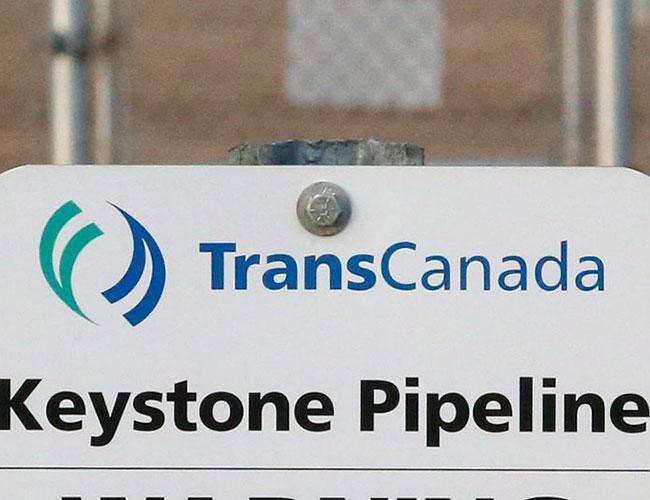
The oil company TransCanada announced on Nov. 16 that it has shut down the Keystone pipeline in South Dakota because it discovered 210,000 gallons of oil has spilled from the pipeline.
About 5,000 barrels leaked, which would make the incident the largest oil spill in the state’s history.
The pipeline was shut down at roughly 12:00 GMT, the company said.
“We have been keeping our shippers and customers up to date and have communicated that the pipeline from Hardisty, Alberta to Cushing, Oklahoma and to Wood River/Patoka, Illinois is expected to remain shut down as we respond to this incident,” TransCanada said in a statement.
“The safety of the public and environment are our top priorities and we will continue to provide updates as they become available,” the company added.
Over the past decade, the Keystone pipeline has been a point of contention between conservatives and liberals in the U.S.
Supporters of the pipeline say that it provides crucial jobs wherever it stretches, while critics have charged that extending the pipeline increases the risk of an environmental disaster.
The pipeline now spans from Canada to Houston. The company proposed running a route through Montana to bring more oil into the U.S.
After six years of review, former President Barack Obama rejected the proposal in 2015.
“So sad that Obama rejected Keystone Pipeline,” Donald Trump, who was then campaigning for president, said in a tweet following Obama’s decision.
“Thousands of jobs, good for the environment, no downside!,” said Trump.
Following his election a year later, President Donald Trump revived the proposal in January of this year and signed a memoranda expediting the environmental review process for the Keystone pipeline.
Next week, the state of Nebraska will decide if it will allow a stretch of the Keystone pipeline to be built through the state.
Environmental groups were quick to condemn the spill.
“We’ve always said it’s not a question of whether a pipeline will spill, but when, and today TransCanada is making our case for us,” Sierra Club representative Kelly Martin said in a statement.
“This is not the first time TransCanada’s pipeline has spilled toxic tar sands, and it won’t be the last. The [Nebraska Public Service Commission] must take note: there is no such thing as a safe tar sands pipeline, and the only way to protect Nebraska communities from more tar sands spills is to say no to Keystone XL.
In 2016, a section of the Keystone pipeline leaked 16,800 gallons, also in South Dakota. The cleanup for that spill, which was about one-twelfth of the size of the spill Thursday, took two months.
South Dakota’s Department of Environment and Natural Resources said that crews were already headed to the area to clean up the spill, and that the spill did not seem to be impacting waterways or wildlife areas.
TransCanada said that the area around the spill “was completely isolated within 15 minutes” after it detected the drop in pressure and that “emergency response procedures were activated.”